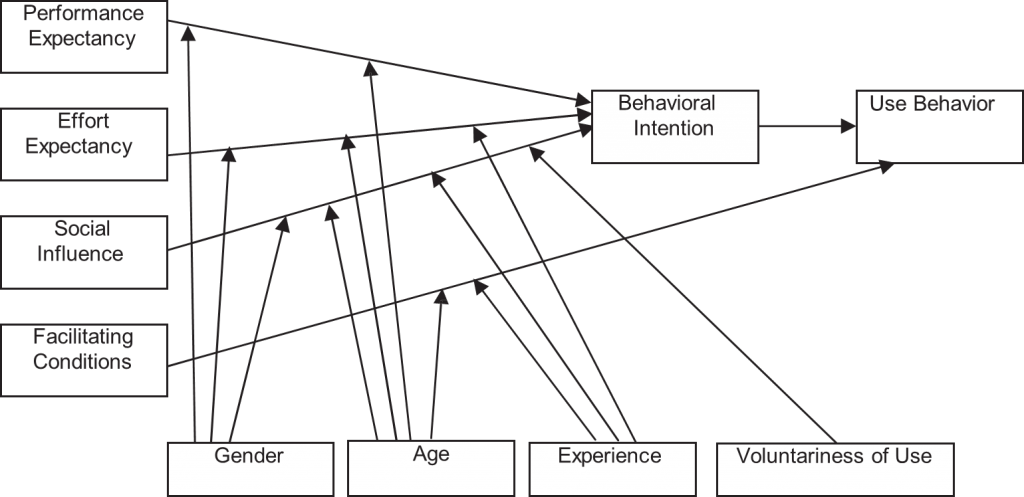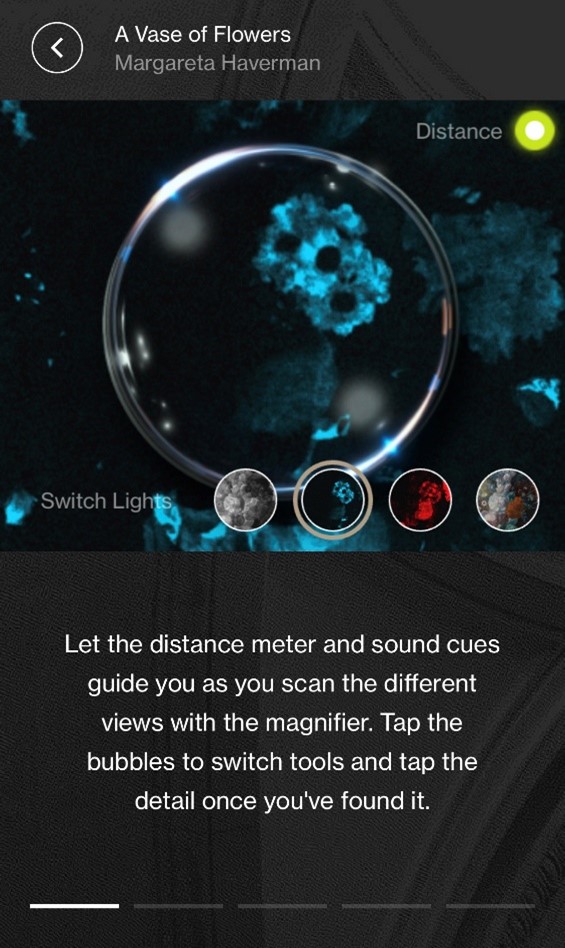What is AR? How is it different from VR?
Augmented reality (AR) is realized as one of the most revolutionary technologies in the 21st century. Based on the development of emergent display, tracking systems, and computing imaging, AR is no longer a sci-fi concept. Compared to the experience with virtual reality (VR), where we are dragged into a computer-generated world with few connections with our physical environment, AR, as the name suggests, is keeping our sense with a physical presence and overlays a digital world onto that.


What features make AR prevail?
AR is prevailing in our life. An increasing number of retail corporations, including IKEA, Nike, L’Oréal, have leveraged AR applications to enable customers to “try it on” before purchasing. AR has also been utilized in navigating systems, healthcare, education, construction, and other disciplines. Situated cognition theory implies that AR contains three main criteria that make customer experiences most realistic: being integrated with the immediate decision text in real-time, interacting with the product or service, and being given the opportunities to communicate with others, i.e., embedded embodied, and extended.
Why are AR applications inspiring art or museums?
Though many different devices can load AR technology, mobile phones, which are accessible to the majority of the public, have become the most popular device for launching AR. With this shift in machines, AR materials can be distributed and applied in various contexts, from VR-used heavy head-bounded video glasses to public platforms. This feature proves that AR is highly accessible thus the audience will not be limited to the ones owning the headset with VR.
After removing the virtual context from viewers’ eyesight but presenting them on handheld devices, the critical value to AR is establishing interactive and cognitive relationships between physical realities and digital environments. For museums, the exhibits want the audience to value and learn things from. Too much virtual information can be a severe interference. AR applications can help designers emphasize the relationship between physical space and virtual materials. Several independent studies have shown that visitors’ prior experience or training in art is an essential factor. However, AR benefits the audience, such as a longer memorable time towards the exhibits, increased curiosity, and a new perspective on the artwork as long as the experience with AR is not interrupted by other elements of the exhibition.
Another merit is for artists and creators. AR applications make it easy to distribute and showcase artworks throughout the Internet. Frankly speaking, making AR artworks is much easier than VR through newly released tools such as Artivive, Slide AR, Reality Composer, Adobe Aero, Spark AR, and so on. Artists are provided with easy-to-use software to create their AR artworks and share them on Instagram (the current leading sharing platform for AR art).
Additionally, museums are increasingly being transformed by employing modern methods of Interaction Design, Interactive Storytelling, and Artificial Intelligence into hybrid spaces, where virtual information is built around physical artifacts. As a relatively accessible and prevailing method, AR applications are utilized to start the first steps of museums’ transformation.
How to evaluate an AR application?
There’s much to play with AR applications for art. After digging into the store of AR applications, I have full hands-on and research experiences about them. Before starting depictions of those picked ones, there’s no harm to discuss the standards of making good AR applications.
- UTAUT (The Unified Theory of Acceptance and Use of Technology)
To issue the challenge of ensuring users’ acceptance of technology, the UTAUT was invented in 2003 based on other eight related theories and point out four core constructs (Performance Expectancy, Effort Expectancy, Social Influence, and Facilitating Conditions) as direct determinants of users’ behavior. These constructs are moderated by gender, age, experience, and voluntariness of use. In a study on 120 museum visitors, which data collection was carried out in the People’s Museum, a three-story former municipal council building located along the Jalan Kota in the UNESCO World Heritage City of Melaka, the AR application APP “When History Comes Alive” is tested. The evaluation is based on the UTAUT theory (the element Facilitating Conditions is composed as Playfulness Expectancy and Content Relevance Expectancy). It turns out that the aesthetic dimension, fun, information need, more knowledge about the exhibits, and social influence (the weakest element) determine users’ intention and behaviors upon the program. (This study omits to evaluate the moderating effects, which I will not carry on for the cases.)

(Venkatesh et al. 2003)
Case A – The Met Unframed
The Met Unframed is only available from Jan 12, 2021, to Feb 9, 2021, approximately five weeks. This is a total virtual pocket museum application, that Verizon sponsors. Since I cannot turn time back or have enough time to strive for my access (perhaps by writing emails to the MET), I only learn the case through advertisements, articles, and recorded videos. (Okay, it’s not even an actual “application”, but to scan a QR code on the website and have it displayed on your phone)
From the opinion of this Artnet critic, the app’s experience was depicted as “bemusement and irritation”. On Performance Expectancy, the Met Unframed presented about 50 pieces of the most famous work in a restructured, much smaller virtual version of the actual Met Museum. The edutainment level of the design is relatively low (at least for an art critic). And there existed incoherence of exhibits and audio recordings. Some presentations, such as underdrawings and hidden details of the famous paintings via infrared and XRF conservation documentation scans, should have been educational but failing in proper interpretations. The Effort Expectancy is not high, but it only allowed portrait mode, a narrow and upright view, which takes effort to put up with. What you should bear with is never stopping advertisements from the sponsor Verizon. There’s not much to complain about Content Relevance Expectancy, but Playfulness Expectancy may not satisfy enough. Putting the virtual version of the masterpieces in your home via AR technology can quickly get boring.

The Analysis game for Margaretea Haverman’s painting in “The Met Unframed.”
Case B – Acute Art
Acute art’s application interacts with leading contemporary artists’ digital versions of their work. The significant part about this app is that you can freely decorate your physical environment with many artworks from different artists as possible (only if your phone is capable). I think many of the works interact with me on Performance Expectancy quite well. After patience for loading the objects, you can experience the fluency of the moving figures interacting with the physical realities combined with sound effects. The user interface is straightforward, leaving no effort to struggle about how to play with it. I guess it’s easy to upload fun pictures and videos to social media and share them with friends on the social influence part. In all, I regard this application as a typically simple and fun one.

2. On Communicated Ideas
This is a subjective way to evaluate AR art applications, but my point is to share and appraise two great examples.
CASE C – ArtLens
ArtLens is the Cleveland Museum of Art’s collection app, which provides several thousand objects on view and guidance through galleries via gallery-product tours or visitor-created ones. While in the museum, visitors scan the artwork from 14 feet away and read the additional interpretive content and digital investigation of the artwork from the phone screen. This app is also an organic part of its digital gallery, which can be connected to the collection wall in the ArtLens Gallery. it iterated in 2017 to be faster and more user-friendly, and the app download time has been reduced to 30 seconds. While in-home, you can still value the exhibits in high resolution and watch interpretation videos.
Calling it an AR application seems a downplay since ArtLens provides solutions to every detail you may imagine in your head. Do you want to learn more about the exhibits before even stepping into the museum? Sure. Do you want to create your tour routine? Why not. Share your moments with your friends? App has already been saved for you when you happily interact with the ArtLens Gallery.

CASE D – MoMAR
Finally, we are heading to the last case. The highlight, in this case, is that it showcases another perspective of presenting the relationship between virtual work and its physical surroundings. The project We AR in the MoMA, created by a group of artists, was to take over the gallery space of the Museum of Modern Art (MoMA) without permission of the museum. A free AR application is available to download from google play or the apple store. This art group is challenging the role of the museum’s authority of curating and presenting artworks commonly by covering the original physical “good” paintings with virtual “worse” ones. As they introduce themselves on the official website, “Welcome to MoMAR. An unauthorized gallery concept aimed at democratizing physical exhibition spaces, museums, and the curation of art within them. MoMAR is non-profit, non-owned, and exists in the absence of any privatized structures.” AR is utilized as a tool to reproduce and redesign the authority-occupied environment in their practice and enable the audience to redefine our relationship with the immediate surroundings.
